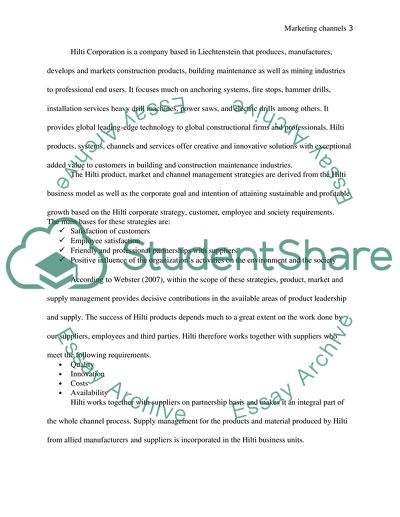Cite this document
(“Report based on a case study in Marketing B2B Essay”, n.d.)
Retrieved from https://studentshare.org/marketing/1692002-report-based-on-a-case-study-in-marketing-b2b
Retrieved from https://studentshare.org/marketing/1692002-report-based-on-a-case-study-in-marketing-b2b
(Report Based on a Case Study in Marketing B2B Essay)
https://studentshare.org/marketing/1692002-report-based-on-a-case-study-in-marketing-b2b.
https://studentshare.org/marketing/1692002-report-based-on-a-case-study-in-marketing-b2b.
“Report Based on a Case Study in Marketing B2B Essay”, n.d. https://studentshare.org/marketing/1692002-report-based-on-a-case-study-in-marketing-b2b.


